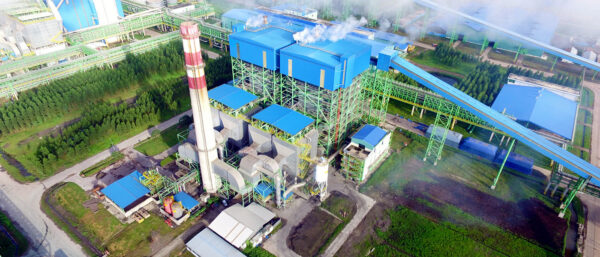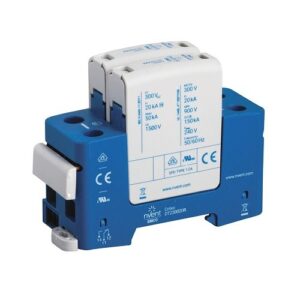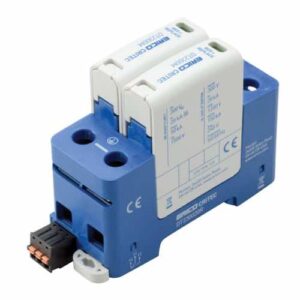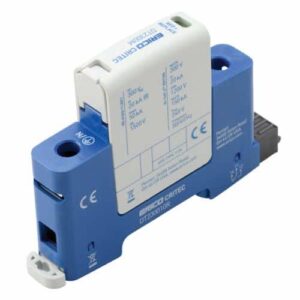Description
DT230010R
DT2 DIN Rail Surge Protection Class II, 1 0 Mode, 240V Un
Surges and voltage transients are a major cause of expensive electronic equipment failure and business disruption. Damage may result in the loss of capital outlays, such as computers and communications equipment, as well as consequential loss of revenue and profits due to unscheduled system down-time. nVent ERICO offers multiple series of surge protective devices (SPDs) suitable for a vast range of applications that provide reliable protection from voltage transients on power distribution systems. The DT2 Series DIN Rail Surge Protective Devices provide reliable and efficient protection against voltage transients within the IEC Class II and UL Type 1CA environments. Tested and independently certified to the IEC and UL standards, the DT2 Series provides a range of safety and performance features for the harshest environments and suitable for protection within a wide range of applications.
Class II SPD:
Tested with shorter duration current impulses. These SPDs would be installed where the surge currents are expected to be less. This could be at the main power entry point of a building in a non-exposed location (surrounded by taller buildings, for example), or at sub-panels within the building.



























